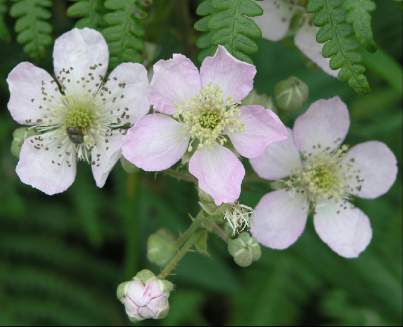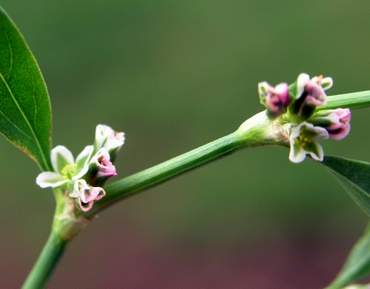Herb-Robert
A very common native annual which grows on banks on the mountain. A shady hedgerow produces pale green leaves, but if the plant is in a sunny, dry spot, the leaves turn a glorious red. This tiny geranium is linked to ancient superstitions and folklore and was widely associated with fairies - especially hobgoblins, bad luck and death. Another association is with St Rudbert who had the power to heal wounds.
The latter proposition seems completely to negate that goblin theory.

Geranium robertianum
 Rubis fruticosis
Rubis fruticosis
 Leontodon autumnalis
Leontodon autumnalis
 Stellaria media
Stellaria media
 Polygonum aviculare
Polygonum aviculare






 Senecio jacobaea
Senecio jacobaea


